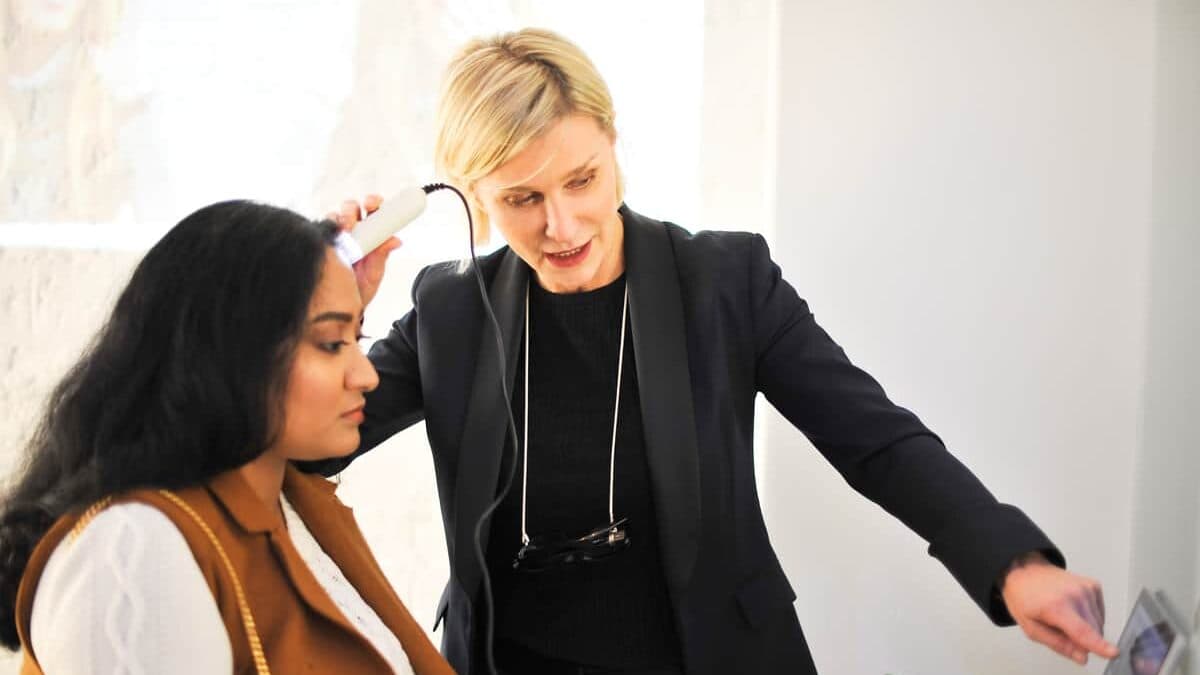Millions of Australian women are set to benefit from a significant financial boost to their superannuation thanks to the 2024 Federal Budget.
The 2024 Federal Budget confirms a super-sized investment in Australian parents – in a major stride to help close the gender super gap and deliver a financially stronger retirement for Australian women.
A landmark reform to pay super on Government Paid Parental Leave from 1 July 2025, alongside a pledge to fund anticipated pay rises for workers in highly feminised industries in childcare and aged care, will deliver millions of Australian women more money while they are working and in retirement.
Women in Australia still retire with about a third less super than men, despite living longer and retiring earlier on average. And retirement savings for women in their 30s are going backwards proportionally.
Super Members Council CEO Misha Schubert said paying super on parental leave will boost the savings of a mother-of-two by about $14,500 by retirement – with 180,000 Australian families set to benefit each year.
“The historic announcement to pay super on parental leave takes Australia another major stride closer to ending the financial motherhood penalty many women face when they have children,” she said.
“It’s a watershed reform that will powerfully strengthen retirement savings for Australian mums and help to narrow the gender gap at retirement.”
“The anticipated pay rises for the highly feminised early childhood education and aged care workforces are also key changes to help close the retirement savings gap for Australian women.”
“These are big steps on the road to gender equity – and the Government has signalled it intends to continue that work. Australia cannot rest until all women have a financially secure retirement.”
Lower rates of pay for feminised industries are a key driver of the gender super gap. Anticipated pay rises for Australia’s female-dominated workforces in aged care and early education – expected to flow from imminent decisions in the Fair Work Commission – will help tackle gender inequity at retirement.
Last year’s Budget announced a commitment to deliver payday super reforms from 1 July 2026. An estimated 2.8 million working people in Australia are underpaid a total of $4.7 billion a year in super.
Those reforms will require super to be paid to people’s super accounts when they are paid their wages – rather than just four times a year. Consultation on the design of these important reforms is ongoing.
The 2024 Budget pledges $60 million over four years to boost the Productivity, Education and Training Fund – to bring employer and worker representatives together to work on measures to boost productivity – and help workplaces prepare to implement policy changes such as payday super.
Ahead of payday super commencing, the 2024 Budget includes support for new small business cashflow, with $25 million to speed payment times and $290 million in cashflow support.
“Unpaid super costs workers $1,700 a year on average – and our modelling shows payday super reforms could add up to $36,000 to the retirement balances of the lowest 20% of wage earners.”
The 2024 Budget unveils a further $6.2 billion investment in social and affordable housing, including $1 billion to help States and Territories to deliver new housing by connecting essential services such as water, power, sewerage and roads and 20,000 new fee-free TAFE places in building trades.
Expanding the supply of housing is urgently required to get more Australians into their own home.
This Budget announces a $2.7 million lift over 4 years (and $700,000 a year ongoing) to governance of the system that transmits data on super contributions between employers and super funds.
The Budget also provides for a 12-month extension to freeze deeming rates for people on Government support payments – including 450,000 retirees reliant on a part aged pension.
Table 1: Gender super gap by age and median balances (2020/21)
| Age | Female | Male | Gender gap ($) | Gender gap (%) |
| 20s | $10,500 | $11,000 | $500 | 4% |
| 30s | $48,500 | $60,400 | $11,900 | 20% |
| 40s | $94,000 | $136,100 | $42,100 | 31% |
| 50s | $134,900 | $205,600 | $70,700 | 34% |
| 60s | $175,600 | $240,900 | $65,300 | 27% |
| 20-64 | $54,100 | $72,500 | $18,400 | 25% |
Source: SMC analysis of the ATO 2020-21 2% sample file.
Super Members Council of Australia is the collective voice for more than 11 million Australians who have over $1.5 trillion in retirement savings managed by profit-to-member superannuation funds
Keep up to date with our stories on LinkedIn, Twitter, Facebook and Instagram.

